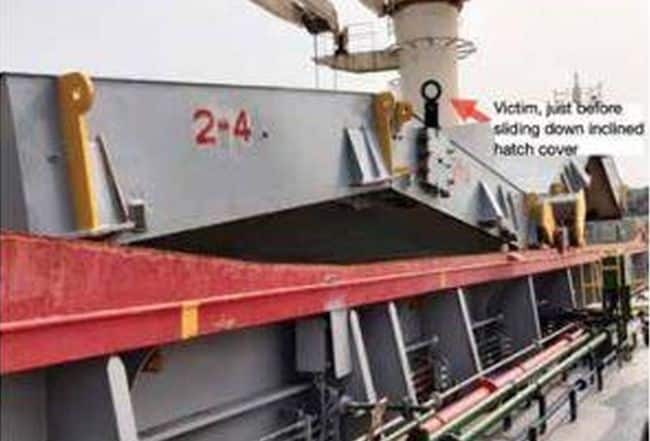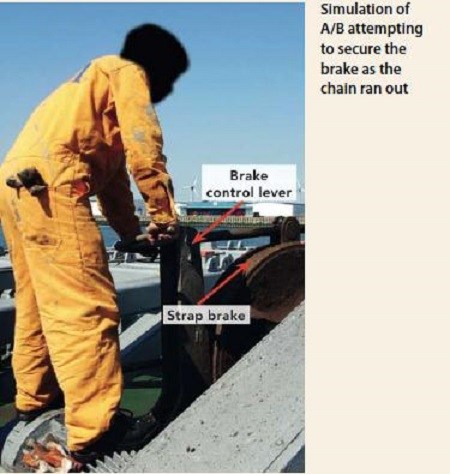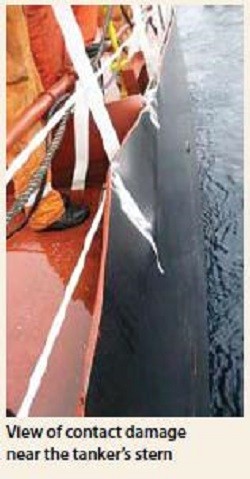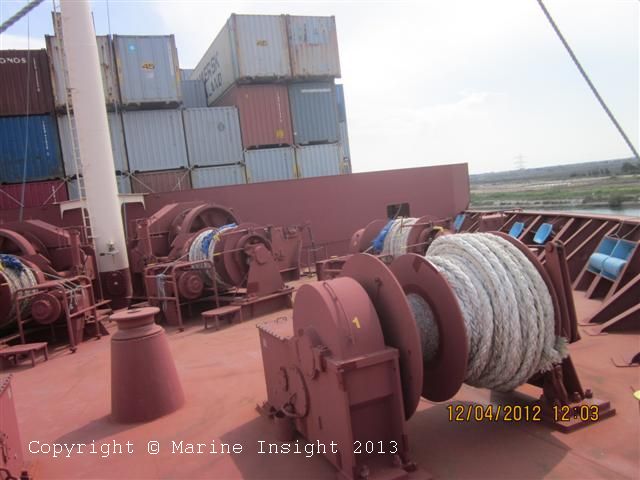Real Life Incident: Timber Deck Cargo Collapse Causes One Fatality
A bulk carrier had loaded a cargo of packaged sawn timber. This was the first time timber had been carried on board the ship and the crew were inexperienced in this type of cargo. A supercargo had been appointed for the loading to help supervise and provide guidance to the chief officer on cargo loading and securing and ship stability requirements.
Following the supercargo’s instruction, the ship’s crew secured the deck cargo by means of top-over lashings using chains and turnbuckles. Wooden ladders were constructed at the fore and aft ends of the deck cargo stack to allow access between the accommodation and the forecastle.
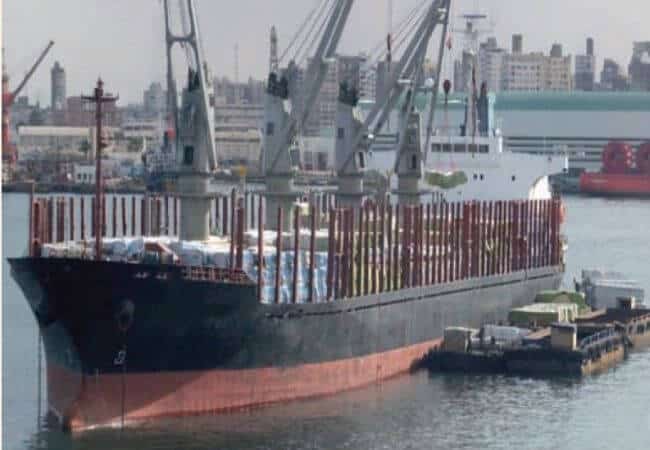
Upon arrival at the discharge port, the ship’s crew removed the deck cargo lashings and cargo was discharged into barges secured alongside the anchored ship. All aspects of the cargo discharge, including the operation of the ship’s cranes, were carried out by shore stevedores as required by the charter party. During the discharge, the bosun was to carry out security rounds and to monitor operations for any damage caused to the ship. There was no supercargo to advise the Master and crew during discharge.
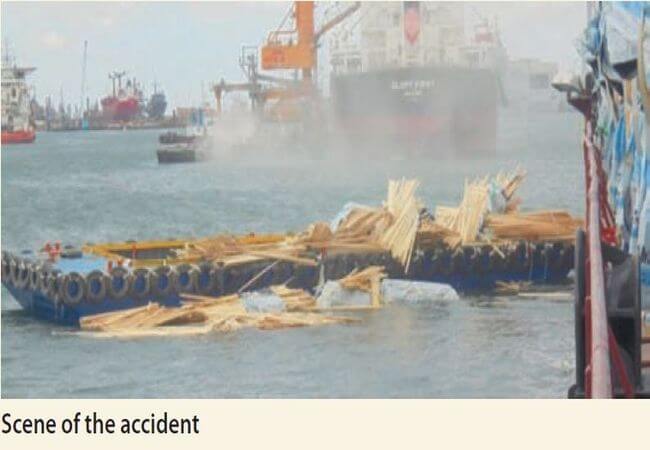
Two barges were alongside on the starboard side and one barge was positioned on the port side. At one point during the discharge about 20 packages of timber, each about 2 tonnes, tumbled overboard from the port side. Cargo operations were stopped. It was then realised that the bosun had been standing on top of the stacks that had gone overboard.
A search of the water and the barge was begun. The bosun was found under a pile of timber on the barge. He was evacuated ashore, but was pronounced dead some time later.
Some of the official report’s findings include:
– With the deck cargo lashings removed, the cargo packages stowed on deck had insufficient stability.
– The use of uprights would have helped prevent a deck cargo stack from collapsing once the securing lashings had been removed.
– Prior to loading, the Master was not advised of either the deck cargo package racking strength or the frictional resistance of its plastic covering. Such information would have enabled him to make a more informed assessment of the deck cargo stack’s stability and security.
– Poor stevedoring practices that had been witnessed by the ship’s crew were not discussed with the stevedores’ foreman and so were allowed to continue.
– Without the provision of a lifeline, there were no readily available means for attaching a safety harness. Without edge protection or any means of fall arrest, the risk of falling from the top of a deck cargo stack, or as a result of a deck cargo stack collapse, was significant.
– The ship’s crew did not assess the level of risk correctly. For example, it was not considered necessary for a catwalk to be installed nor for safety harnesses to be worn while on passage. This miscalculation of risk continued during cargo discharge operations.
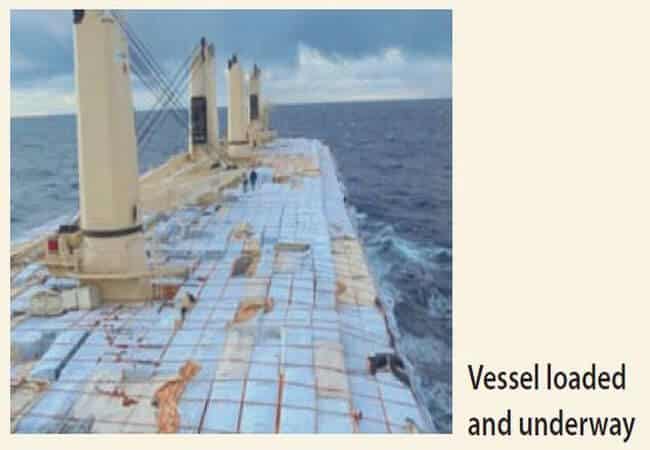
Lessons learned
- The provisions contained in the IMO Code of Safe Practice for Ships Carrying Timber Deck Cargoes (TDC Code 2011) is unequivocal in its recommendation that ‘uprights’, as shown below, at least as high as the stow, should be used to stabilise stowed round wood, loose sawn wood and sawn wood packages with limited racking strength. The presence of non-critical persons in the vicinity of cargo operations is a factor that unnecessarily increases risks to those persons.
- If poor stevedoring practices are observed, stop operations and discuss your concerns.
- If a specialised cargo is to be transported and crew are inexperienced in the special considerations required, always ensure expert guidance is employed for all phases of the work.
Press Release: nautinst.org
Do you have info to share with us ? Suggest a correction
- Real Life Incident: Vessel Collision in Good Visibility
- Real Life Incident: Severe Injury To Deck Crew While Leaving Berth
- Real Life Incident: Departure Damage in Very Restricted Waterway
- Real Life Incident: Low Situational Awareness Has High Impact Consequence
- Real Life Incident: Fouled Anchor in a Designated Anchorage
- Real Life Incident: Fire On Barge Carrying Scrap Metal Causes $7 Million Worth Of Damage
Latest Case studies Articles You Would Like:
Subscribe To Our Newsletters
By subscribing, you agree to our Privacy Policy and may receive occasional deal communications; you can unsubscribe anytime.











